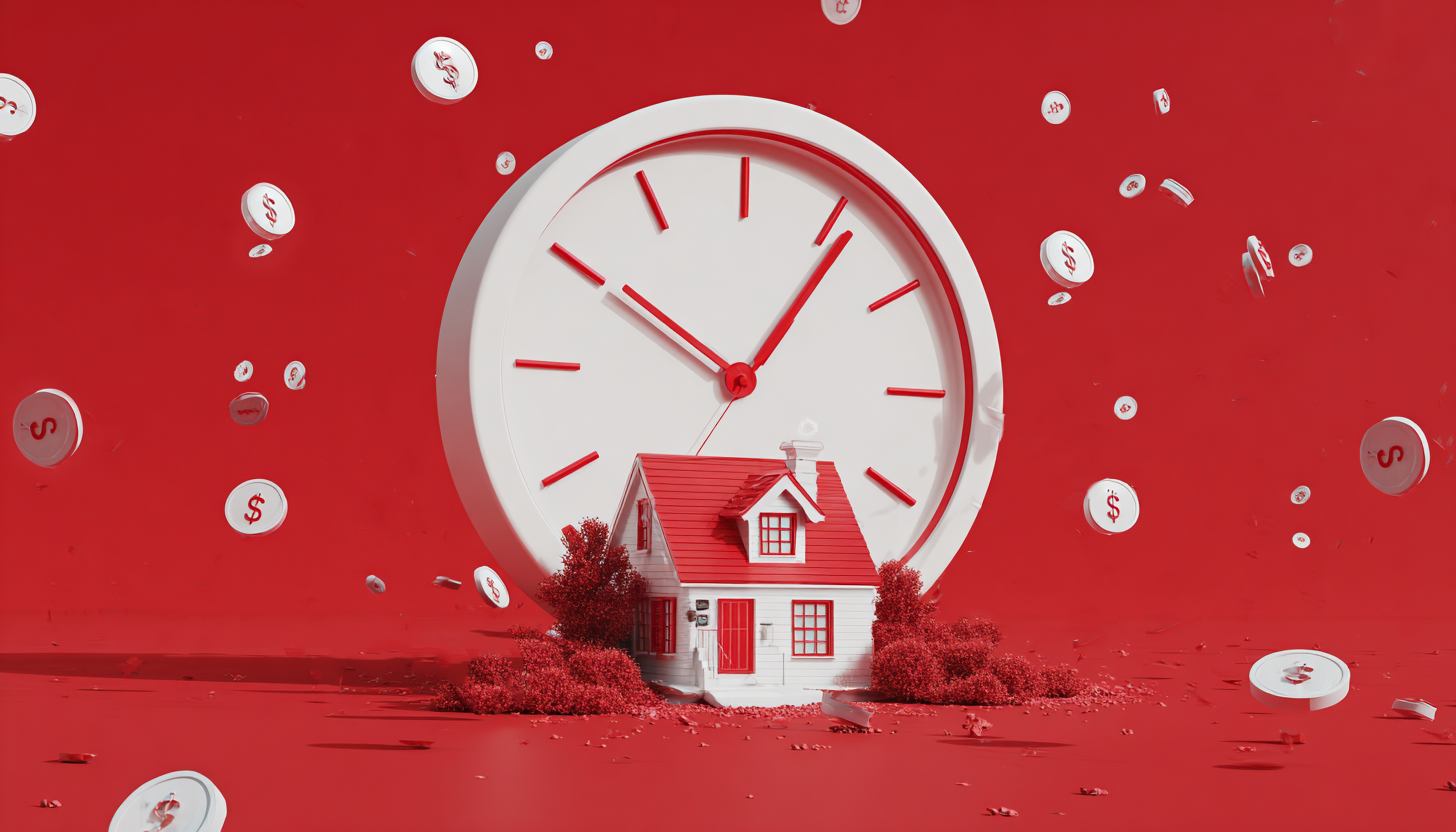
If you are not redirected within 30 seconds, please click here to continue.
Samedi: 10h – 16h HAE

If you are not redirected within 30 seconds, please click here to continue.
If you are not redirected within 30 seconds, please click here to continue.
Should You Apply for a HELOC Before Home Prices Fall?

Table of Contents
In the 12 months ending April 30, Canada’s national average home price surged 41.9%, effectively ballooning the amount of equity homeowners can access.
One way that people can tap this equity is with a Home Equity Line of Credit (HELOC).
But are they?
Should they?
“For the typical single-family homeowner, this [run-up in house prices] equates to $180,000 in tax-free gains in the past year alone,” Ben Rabidoux, Founder of Edge Realty Analytics, said in a report last week. “There’s a lot of capacity for Canadian homeowners to tap this equity to help fund additional real estate purchases or other discretionary buys.”
HELOC Growth Has Stalled, But the Long-Term Trend is Up
Rabidoux refers to existing homeowners’ newfound equity as “potential rocket fuel for large-ticket consumption going forward…”
“There’s a lot of capacity for Canadian homeowners to tap this equity to help fund additional real estate purchases or other discretionary buys…” You can also add higher-interest debt consolidation to that list, a smart use of HELOC funds if you're not a compulsive spender.
But, “It’s telling that HELOC balances have barely moved in the past year, up just 1.3%,” he adds.
Indeed, HELOC balances have taken a breather over the past year, planing off at $272 billion as of November 2020, according to the Office of the Superintendent of Financial Institutions (OSFI).
Banks have taken their foot off the HELOC sales accelerator largely because of regulator scrutiny. In 2019, the Financial Consumer Agency of Canada (FCAC) told lenders there is a “pressing need for financial institutions…to help Canadians realize that not using HELOCs responsibly can have serious repercussions on their financial well-being.” Banks were taken to task for pushing HELOCs on the majority of conventional borrowers.


Source: Edge Realty Analytics
Rates are based on a $300,000 mortgage.
Rush-time for HELOCs?
Do high valuations mean people should run out to apply for a HELOC while home prices are still lofty, and before a potential downturn?
There's no doubt that as home prices soften (whenever that may be), lenders will get more conservative on approvals and lending amounts. That’s definitely one factor to consider.
At the same time, if appraised values dive, lenders could lower credit limits or even freeze HELOC borrowing for borrowers who are maxed out. That’s especially true if you miss your minimum required monthly payment while home prices and/or your credit score are falling.
And then there’s the interest rate outlook to consider. Like mortgage rates, HELOC interest rates are near historic lows, and in the trough of their rate cycle.
At 2.35% to 2.95%, today’s borrowing costs appeal to creditworthy homeowners wanting to tap their credit lines. But that could change. Prime rate — upon which HELOC rates are based — will likely head higher by the end of next year, according to implied rate forecasts in the bond market. That’s largely because in April, the Bank of Canada moved ahead its expectations for the first rate hike, from 2023 previously to the second half of 2022.
What's more, as I mentioned on BNN Bloomberg last week, the market expects as many as eight 0.25-percentage-point rate hikes until the overnight rate levels off. That could potentially happen over the next 2-4 years, or it could take 5-6 years or more. Either way, HELOC borrowers should prepare for a meaningful rise in interest costs. A two-point jump in prime rate means a $164-per-month increase in monthly interest payments, for every $100,000 borrowed.
Get money-saving tips in your inbox.
Stay on top of personal finance tips from our money experts!








